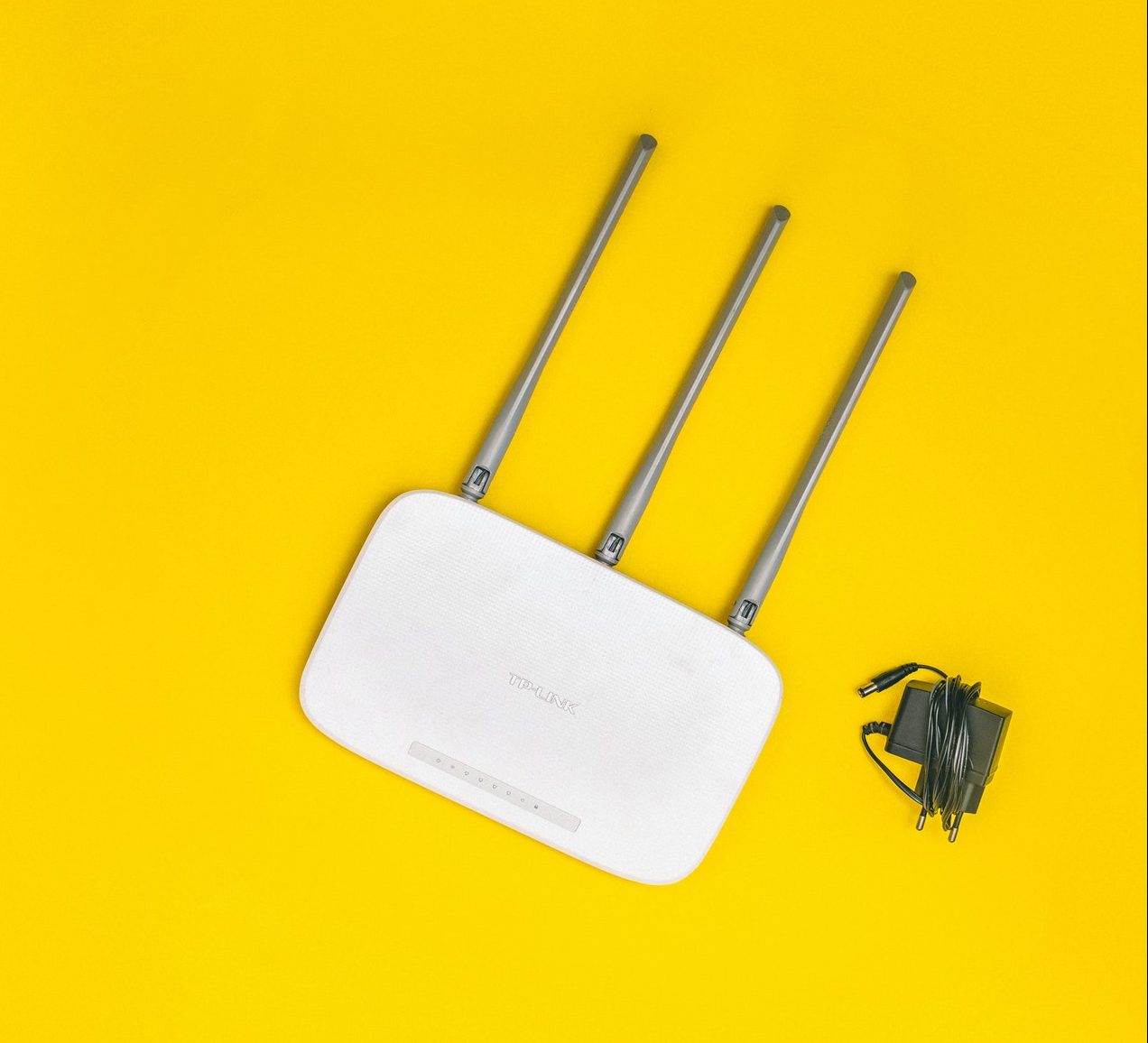In the past year, I’m sure you have been in a situation where you were at a video conference. When your internet decided to give up on you. Or you might have had to bear the excruciatingly long loading screen on a website you were visiting. We are past the one-year mark in the lockdown now, and almost every workplace has adapted itself to the work-from-home model. Along with this comes the need for a steady internet connection. If you need more advice, this article might help with it.
Mobile Data vs. Wi-Fi vs. Ethernet Cables–
Many different factors can affect the speed and quality of your connection, and this starts with the type of connection you use.
Ethernet cables have been tested to show that it is the fastest and more reliable connection to the internet, which is why they are used in hospitals, banks, colleges and probably in your office too. However, due to the installation process being slightly more tedious and expensive, most people prefer to use a wi-fi router in their houses.
A wi-fi connection will undoubtedly be faster than a mobile data plan with the bonus of unlimited data usage at a much cheaper cost.
How to Enhance Wi-Fi speed–
If you already have a wi-fi connection, here are some things you can do for free that may improve its performance.
Let the router breathe a little
Have you ever been uploading a critical report, and the wi-fi connection decides to take a dip? This is because your router, like every other machine, needs to blow off some steam, and keeping it in corners or closed spaces will lead to overheating of the device.
It is advised to keep the router off the ground, in an open place, so that the radio waves that carry the signal can reach your device without obstacles like the wall, furniture, etc. You should also ensure that the router is away from other electronic devices to interfere with the signal.
Update the firmware–
Just like your mobiles and laptops, your router also needs to be updated regularly. The firmware gets regular updates which resolve bugs and improve the connection of the signal. Install these updates to ensure that your router is operating at its best possible capacity. Make sure you do this before you start fiddling with the settings, as suggested in the next tip, as many newer updates have automated channel switching as an option.
Fiddle with some of the settings–
There are a handful of settings that you can tweak to make your connection go loads faster:
Channel
Think of the channel as a lane on a highway, and you want to go for the road with minor congestion. Some apps can check which channels in your locality are the most crowded to change to one with little traffic. Then your network speed will be like a car on an open road.
Band/Channel width
The channel width is the band in which you will send and receive data, like a pipe. The wider the tube, the more data will reach you. However, wider channels mean that there will be interference from neighboring channels, leading to slower speeds.
Security
Proper security not only ensures that your router doesn’t get overloaded but also protects sensitive data that you might transfer over your home wi-fi. So, make sure that your network is adequately encrypted!
The WPA2 is the best encryption option, and it protects your home network from being hacked.
DNS Server
DNS (Domain Name System) is a method that translates the domain names you enter in a browser to the IP addresses required to access those sites. Most internet service providers will have their DNS, but they are often very slow. There are many public and paid DNS servers you can use to increase the speed at which the websites load on your browser. For example, Google and Cloudflare have public DNS servers available.
Even after doing all the above, you find your network is not as fast as you might want it. So it may be time for a hardware update.
Get a new antenna–
The type of antenna you use can drastically change the speed at which data gets transferred. The router you use has the standard antenna, but some routers can change the antenna. There are many high-gain antennas you can buy in the market to reach that much-desired high-speed network and more range all over the home.
Repeaters–
A regular wi-fi antenna has a range of about 30 meters. If you work in a room farther away from the router, you are bound to face some drop in speeds. Additionally, walls and furniture provide obstacles that will absorb and reflect the signal. Which will lead to you suffering from a slow internet connection. In this case, you can invest in a wi-fi repeater to stabilize the network all across the house. And give you an access point close to where you work.
Replace your obsolete router–
Most people rent their routers from their internet service providers (ISPs), but these may be old and, in some cases, obsolete. Getting a new router with the latest hardware can boost your network connection a lot as the newer routers often come with dual-frequency settings.
UPS–
An Uninterruptible Power Supply or Uninterruptible Power Source (UPS) is arguable the essential component to ensure that your network remains uninterrupted. It is a backup power source for your wi-fi router. Which will ensure that your router is still working even if your area experiences a power cut. It may seem like an invaluable device. But it is the most helpful thing to invest in for the long run.
Conclusion
Work from home is now the new norm, and a stable internet connection can be the difference between having a regular job and not having one. We hope that some of these points have helped you by boosting your network speed and productivity alike.












